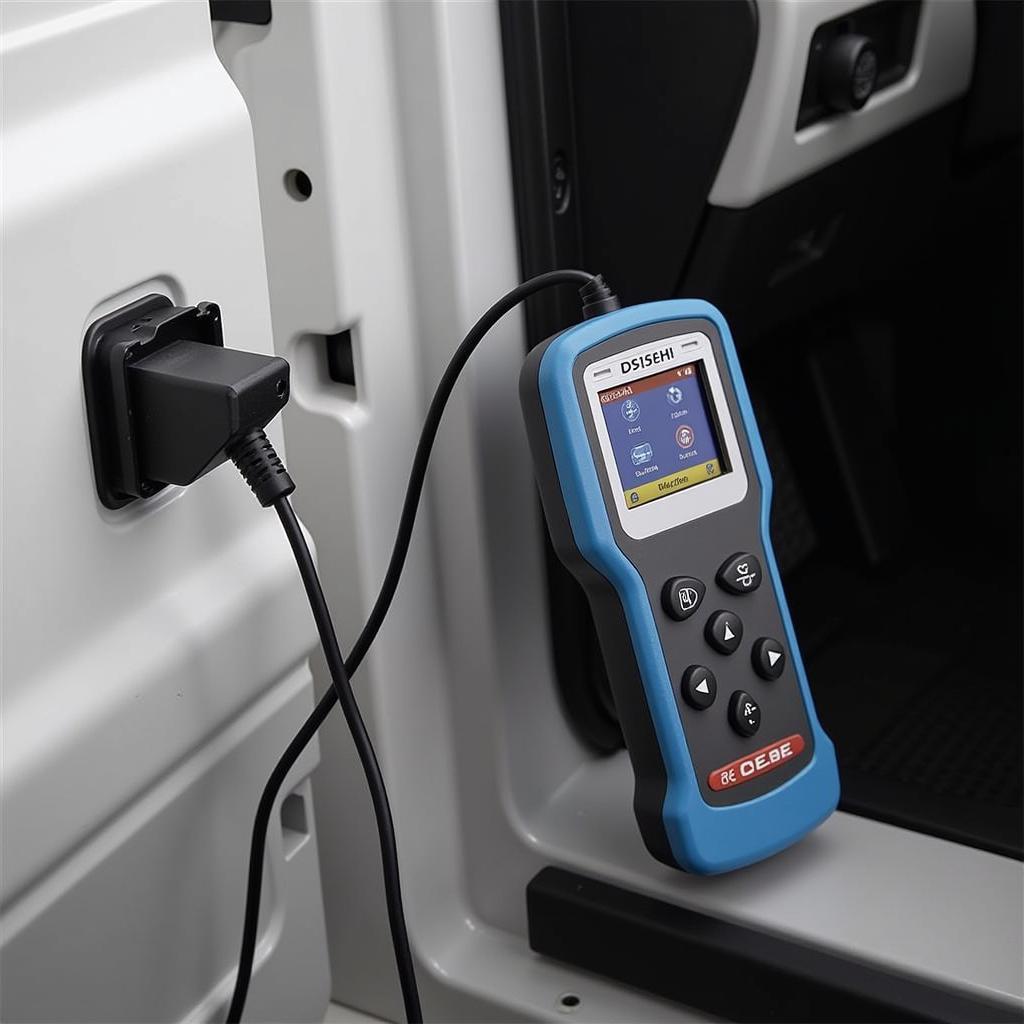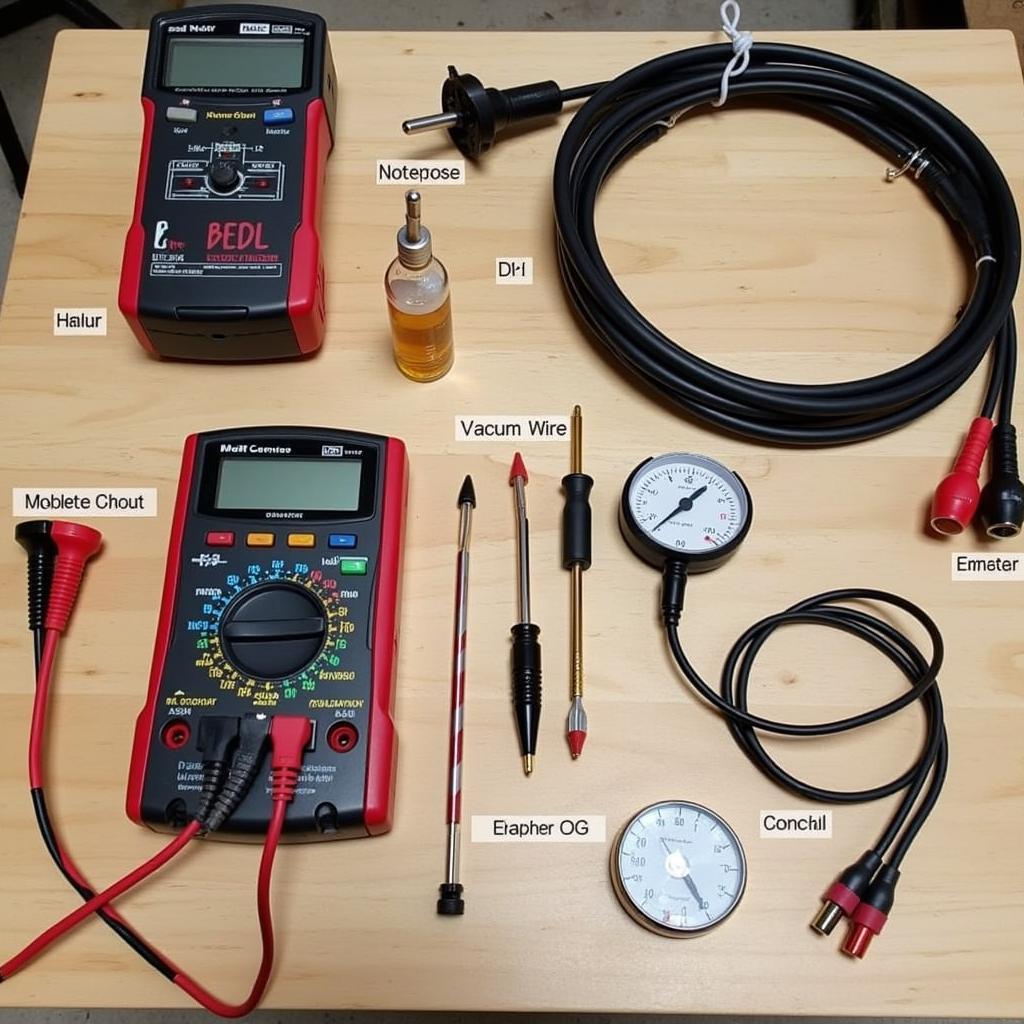In today’s technology-driven world, computer hardware plays a critical role in countless industries. From personal computers to complex industrial systems, the reliability and performance of these systems depend heavily on the proper functioning of their hardware components. When issues arise, it’s essential to have the right tools and knowledge to diagnose and resolve them effectively. That’s where Diagnostic Tools In Computer Hardware come into play. These powerful tools act as your eyes and ears, providing valuable insights into the inner workings of your hardware and helping you pinpoint the root cause of problems.
Why Are Diagnostic Tools in Computer Hardware Important?
Imagine your computer suddenly crashing in the middle of an important task, or a server experiencing intermittent failures that disrupt business operations. In such situations, time is of the essence, and every minute counts. Diagnostic tools empower technicians and users alike to:
- Identify Hardware Failures Quickly: Instead of spending hours on manual troubleshooting, diagnostic tools streamline the process by running tests and analyzing system data to pinpoint faulty components.
- Reduce Downtime: By swiftly identifying the root cause of hardware problems, these tools minimize system downtime and ensure that operations can resume quickly.
- Save Costs: Diagnostic tools help avoid unnecessary component replacements by accurately identifying the problematic parts, saving businesses and individuals valuable time and money.
- Prevent Future Issues: By analyzing system performance and identifying potential bottlenecks, these tools enable proactive maintenance and prevent major hardware failures down the line.
Types of Diagnostic Tools in Computer Hardware
The world of computer hardware diagnostics offers a wide array of tools tailored to different needs and expertise levels. Let’s explore some common types:
1. Built-in Diagnostic Tools
Most modern operating systems like Windows come equipped with built-in diagnostic tools. These tools offer basic system checks and can help identify common hardware problems:
- Windows Memory Diagnostic: This tool checks your computer’s RAM for errors and provides detailed reports on any issues found. Learn more about managing this tool effectively through our guide on how to stop memory diagnostic tool windows 10.
- Windows Disk Diagnostic (CHKDSK): This utility scans your hard drive for errors and attempts to repair them. Our article on the windows 10 disk diagnostic tool provides comprehensive insights into its functionalities.
2. Hardware Manufacturer Tools
Many hardware manufacturers develop their own diagnostic tools specifically designed for their products. For instance:
- HP Diagnostic Tools: HP provides a suite of diagnostic tools for its computers, printers, and other devices. These tools offer comprehensive hardware testing and troubleshooting capabilities. To delve deeper into HP’s offerings, explore our resource on hp diagnostic tools for windows.
3. Third-Party Diagnostic Software
Numerous third-party software applications provide advanced diagnostic capabilities, often exceeding the functionalities of built-in or manufacturer-specific tools.
These tools offer a wide range of features, including:
- Comprehensive Hardware Testing: These tools perform in-depth tests on various hardware components, including the CPU, RAM, hard drive, motherboard, and more.
- Real-time System Monitoring: They provide real-time data on system performance, such as temperature, voltage, fan speeds, and resource usage.
- Benchmarking: Benchmarking tools measure the performance of your hardware components and compare them to industry standards.
- Reporting and Analysis: Diagnostic software often generates detailed reports on hardware health, performance bottlenecks, and potential issues.
Choosing the Right Diagnostic Tools
Selecting the appropriate diagnostic tools in computer hardware depends on several factors:
- Technical Expertise: For basic troubleshooting, built-in tools or user-friendly third-party software might suffice. However, advanced diagnostics might require specialized tools and expertise.
- Specific Hardware: Manufacturer-specific tools can be particularly useful for diagnosing problems with specific hardware components.
- Budget: While some tools are free or come bundled with hardware, others might require a purchase or subscription.
- Features Required: Consider the specific features and functionalities you need, such as real-time monitoring, benchmarking, or advanced reporting.
“Investing in the right diagnostic tools is like having a skilled mechanic on call 24/7. It empowers you to troubleshoot problems effectively and keep your systems running smoothly.” – John Miller, Senior Hardware Engineer at Tech Solutions Inc.
Conclusion
Diagnostic tools in computer hardware are indispensable for anyone who relies on computers and technology. Whether you’re a home user, a business owner, or an IT professional, having the right tools at your disposal can save you time, money, and frustration. By understanding the different types of tools available and choosing the ones that best suit your needs, you can effectively diagnose and resolve hardware problems, ensuring optimal system performance and reliability. For further insights into the broader applications of diagnostic tools, explore our article on diagnostic tools in computer hardware servicing.
At ScanToolUS, we understand the critical role that diagnostic tools play in maintaining the health of your computer systems. If you’re facing persistent hardware issues or need assistance in choosing the right diagnostic tools for your specific needs, don’t hesitate to contact our team of experts at +1 (641) 206-8880. Our office is located at 1615 S Laramie Ave, Cicero, IL 60804, USA. We’re here to help you keep your technology running smoothly.




Pingback: Troubleshooting Car Troubles With the HP Memory Diagnostic Tool - Car Scan Tool